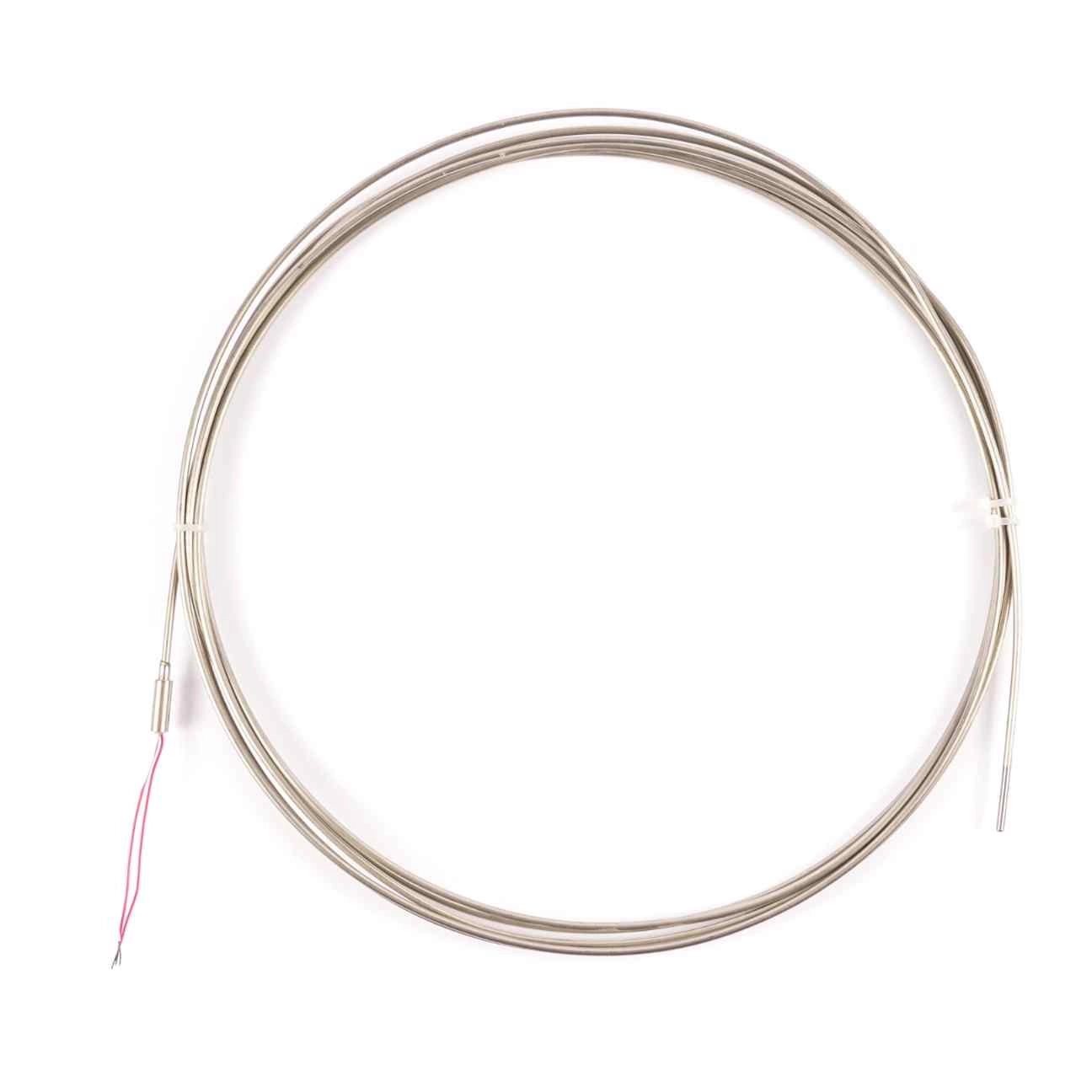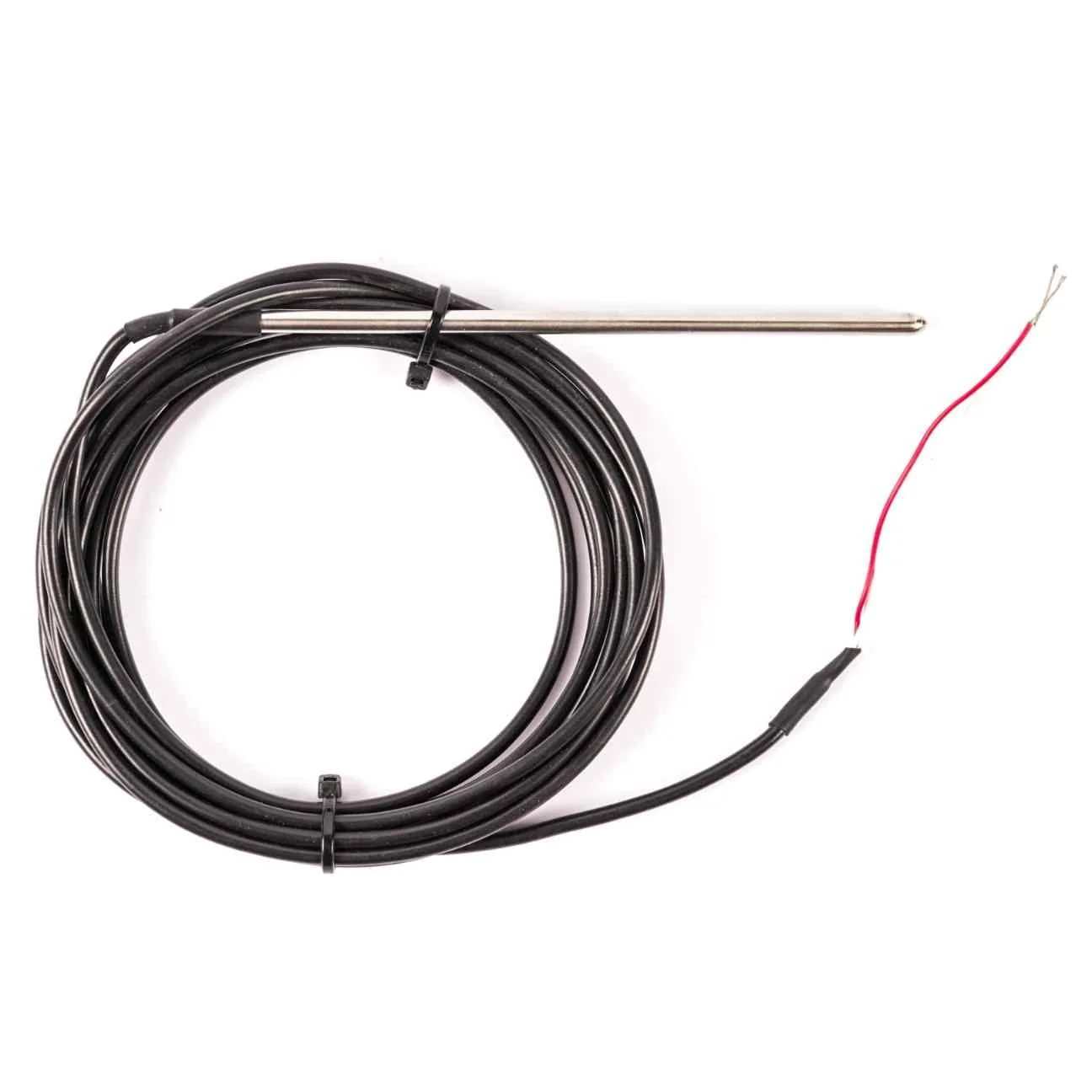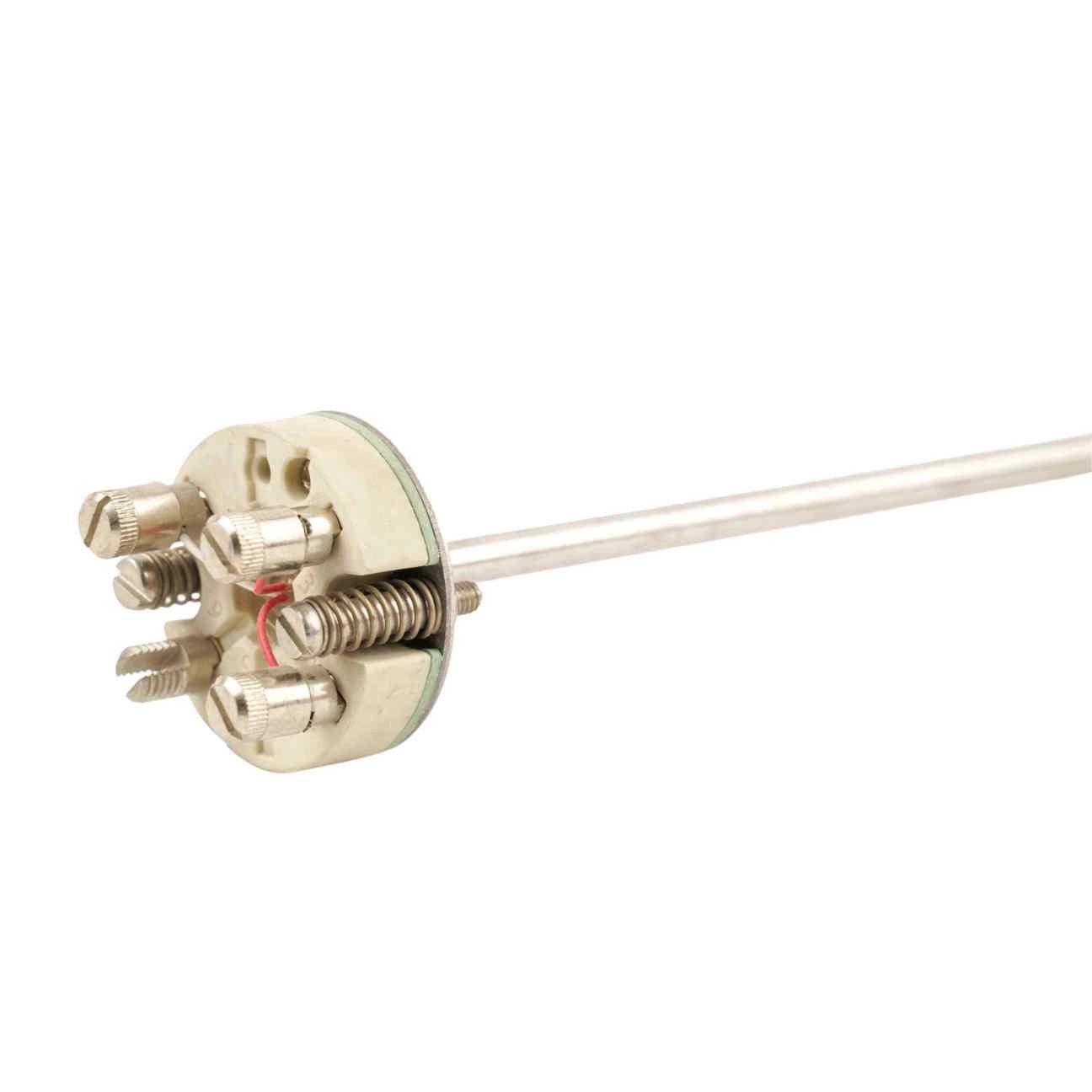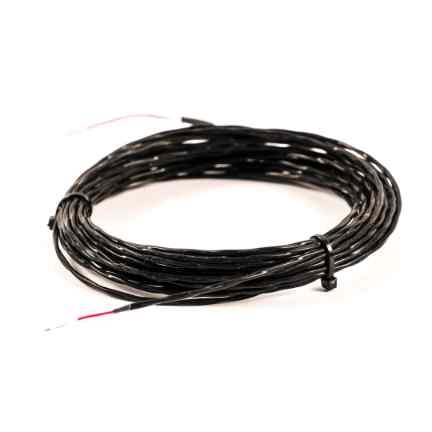Resistance Thermometer Accuracy
TL;DR — Quick Summary
Resistance thermometers (RTDs) measure temperature by detecting changes in electrical resistance. Accuracy depends on the type of sensing element, its tolerance class, and how the RTD is manufactured and calibrated. Thin film RTDs are inexpensive with narrower ranges, while wire-wound RTDs offer higher precision and wider temperature ranges. Adherence to BS EN 60751 standards ensures reliable and consistent accuracy for industrial applications.
What Are Resistance Thermometers (RTDs)?
Resistance thermometers, commonly known as RTDs, work on a simple principle: the electrical resistance of the sensor changes with temperature. By measuring this resistance and comparing it to standard reference tables, the temperature can be accurately determined.
RTDs come in different types, configurations, and resistance ratings, and all these factors influence their accuracy.
Accuracy Bands
European RTDs typically use:
- 100 Ω at 0°C
- 138.5 Ω at 100°C
These are defined in BS EN 60751, with a linear resistance change across and beyond these temperatures. Other RTDs may have 500 Ω or 1000 Ω ratings for specialised applications.
Common RTD Element Types
The element type plays a major role in accuracy:
Thin Film Elements
- Cost-effective and widely used
- Limited temperature range
- Tolerance bands defined by BS EN 60751
- Slight deviation from ideal resistance vs temperature curve due to thermal expansion differences
Wire-Wound Elements
- More expensive, but highly precise
- Wider operating temperature range
- Accurate resistance vs temperature slope aligned with international standards
- Can achieve tighter tolerance bands (e.g., 1/10 DIN) for high-precision applications
Accuracy Classes
BS EN 60751 defines tolerance classes for RTDs and their assemblies.
| Old Tolerance Class | Wire Wound New Tolerance Class | Thin Film New Tolerance Class | RTD Assembly Class | Tolerance Value in °C |
|---|---|---|---|---|
| 1/3 | W 0.1 | F 0.1 | AA | ±(0.1+0.0017|t|) |
| A | W 0.15 | F 0.15 | A | ±(0.15+0.002|t|) |
| B | W 0.3 | F 0.3 | B | ±(0.3+0.005|t|) |
| C | - | - | C | ±(0.6+0.01|t|) |
|t| = modulus of temperature in °C without regard to sign.
Important: Some tolerance classes only apply over limited temperature ranges. For example, a thin film AA assembly is valid 0–150°C, though the sensor may operate over a wider range.
Ensuring Accuracy
- Element Selection: Choose wire-wound or thin film elements based on desired precision.
- Calibration: Elements must be calibrated within tolerance bands as defined in BS EN 60751.
- Assembly: Careful construction ensures that the final RTD maintains the element’s nominal accuracy.
FAQs
Q: What affects RTD accuracy the most?
The element type, tolerance class, and assembly quality are the key factors. Wire-wound elements offer higher accuracy than thin film elements.
Q: What is the difference between thin film and wire-wound RTDs?
Thin film RTDs are cost-effective and suitable for standard applications. Wire-wound RTDs are more precise, handle wider temperature ranges, and align closely with international standards.
Q: What is 1/10 DIN tolerance?
It refers to a tolerance band one-tenth the size of Class B, allowing for very high-precision measurements in demanding industrial applications.
Q: How do I choose the right RTD for my application?
Consider the temperature range, required accuracy, and environmental conditions. Our engineering team can recommend the best element and assembly for your process.
View Our Resistance Thermometers
If you want to order a temperature sensor or you are unsure exactly what you need, get in touch and we can help you.




